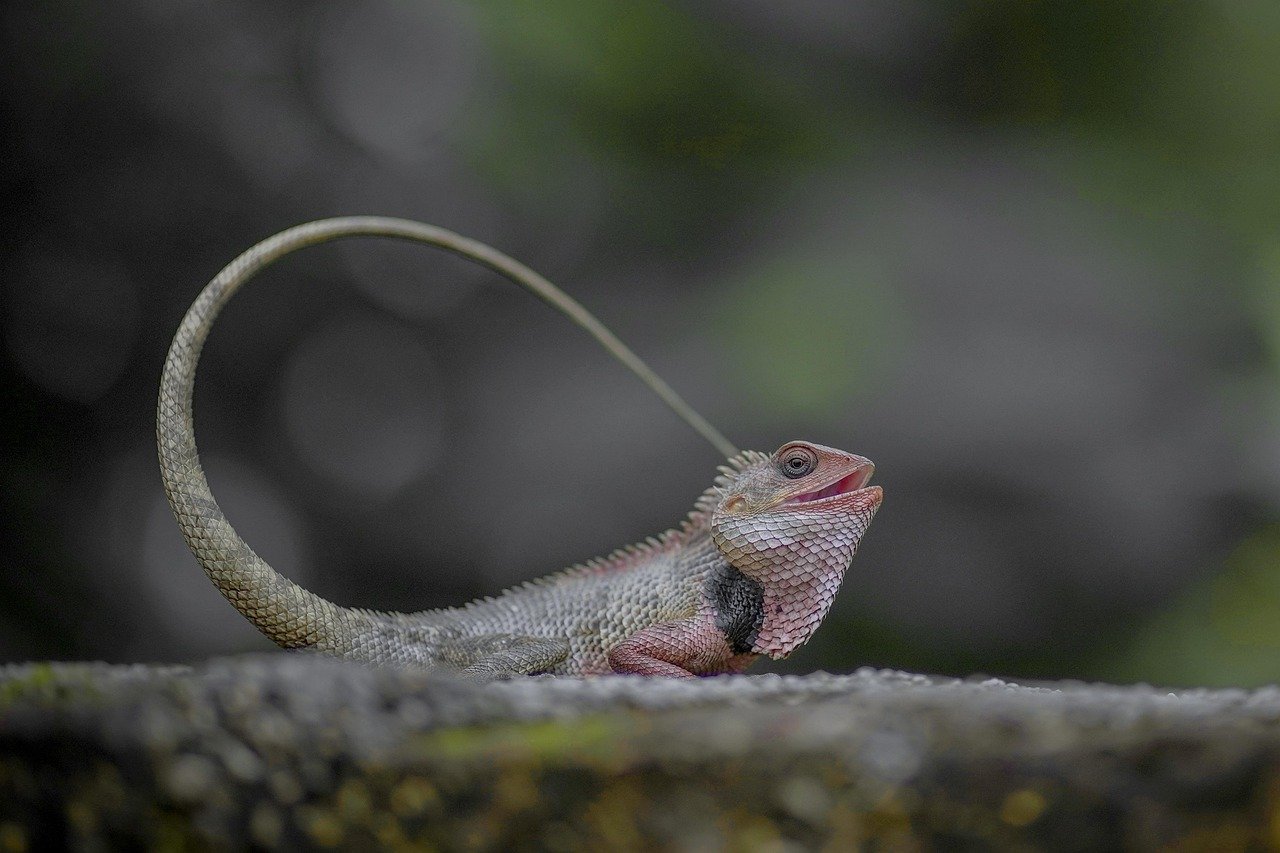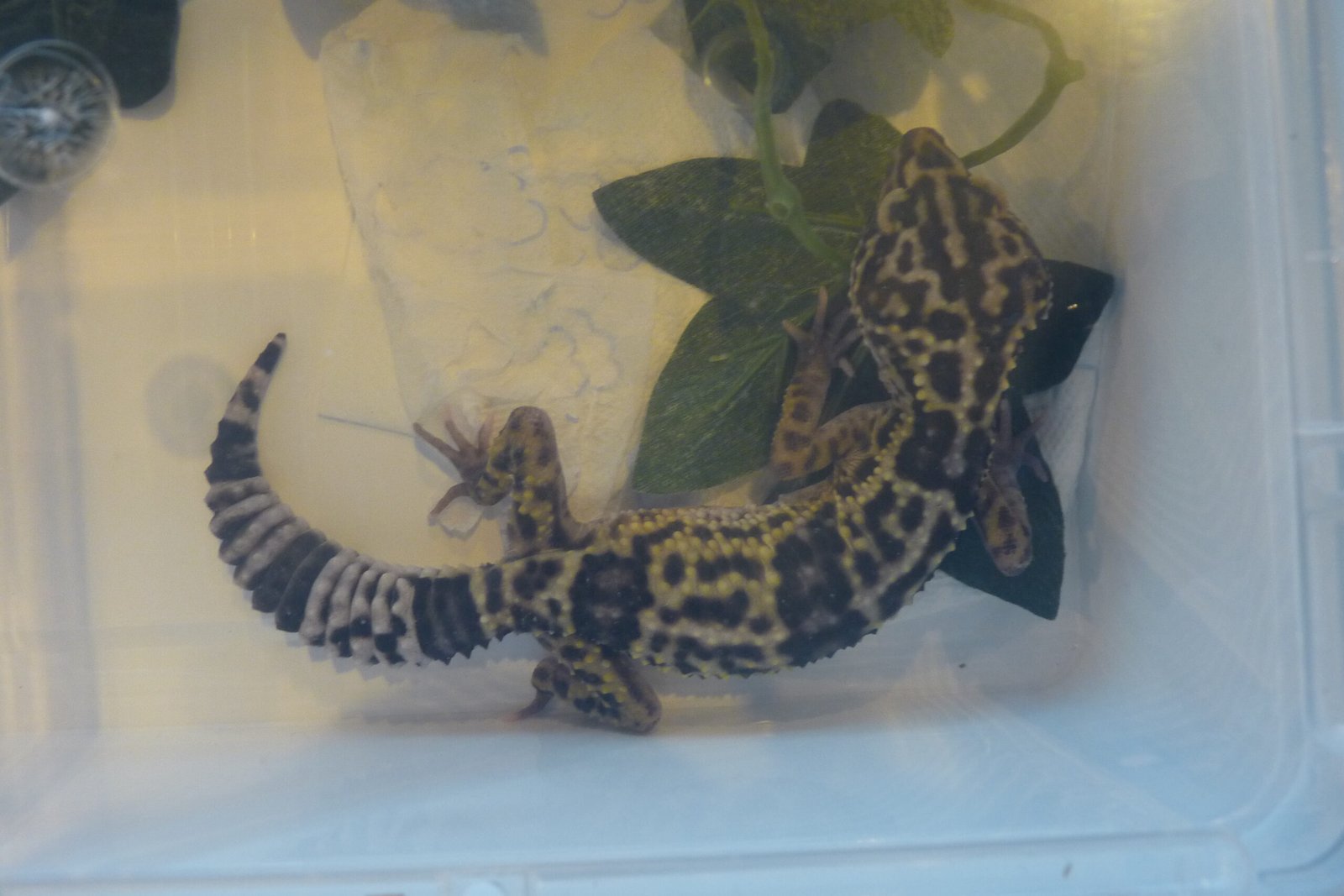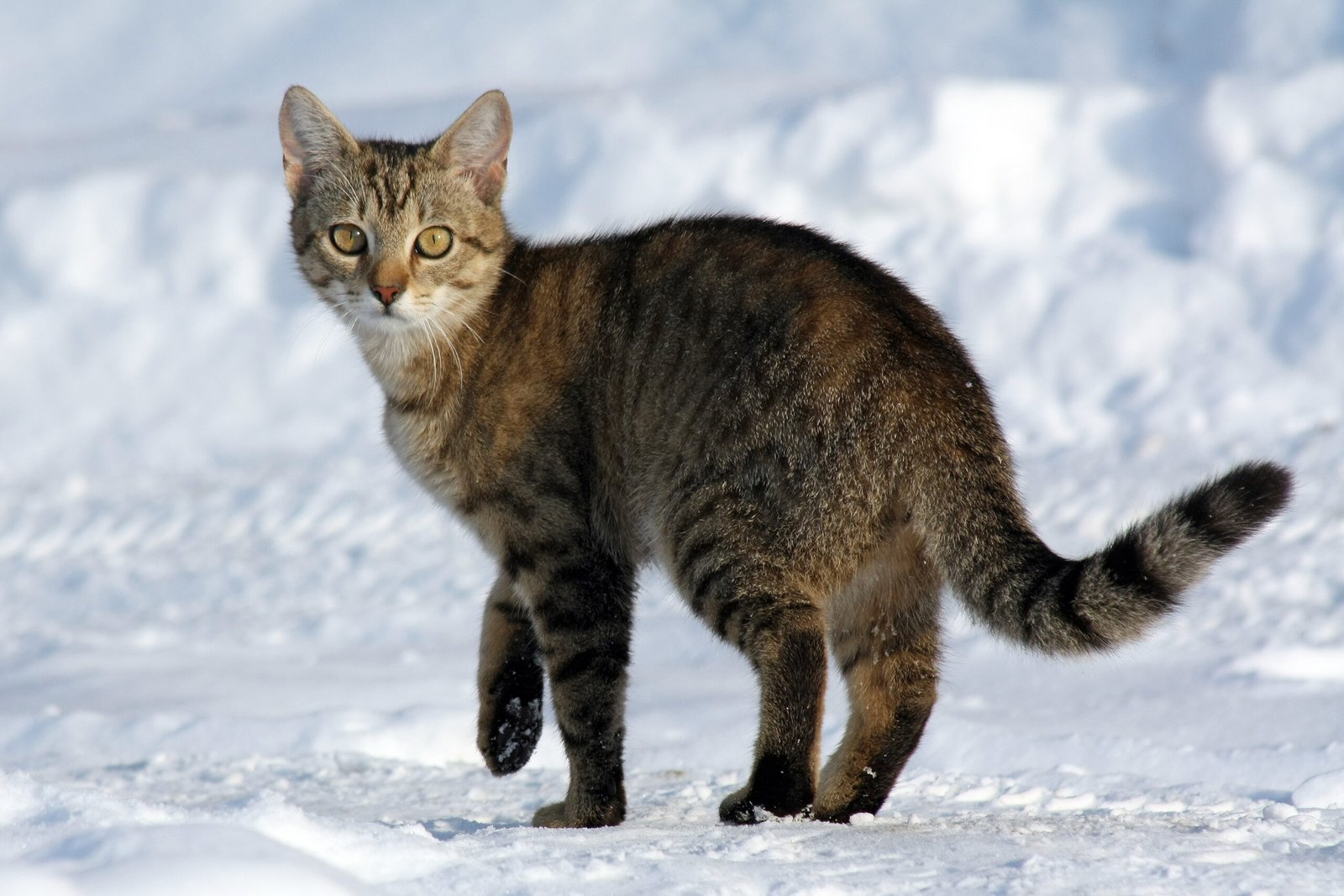When we think of animal survival skills, sharp teeth, strong claws, or swift legs might come to mind. However, one of the most versatile tools in the animal kingdom often goes unnoticed: the tail. Tails are not just appendages; they are survival instruments, finely tuned by evolution to help animals thrive in their environments. From balance to communication, tails have a multitude of uses that can mean the difference between life and death. This article will delve into the various fascinating ways animals utilize their tails, showcasing the ingenuity of nature at its finest.
Balance and Agility: The Acrobat’s Secret
In the world of animals, maintaining balance is crucial for survival. Many species rely on their tails for this very purpose. Take squirrels, for example. These nimble creatures use their bushy tails as counterweights when navigating treetops, allowing them to make sharp turns and leap between branches with ease. Similarly, cheetahs, known for their incredible speed, use their tails as rudders to steer and stabilize themselves during high-speed chases. Without their tails, these acrobatic maneuvers would be much more challenging, and their chances of survival would diminish.
Defense Mechanism: The Art of Distraction

For many animals, tails serve as a first line of defense against predators. Lizards, such as the common gecko, have evolved to lose their tails when threatened. This process, called autotomy, distracts predators with the wriggling tail, giving the lizard a chance to escape. In a similar vein, the spiny-tailed iguana uses its tail to whip and deter potential threats. The tail acts as a decoy or a weapon, allowing these animals to protect themselves from harm.
Communication: Talking Tails
Tails are also vital tools for communication in the animal kingdom. Dogs are perhaps the most familiar example, using their tails to express emotions such as happiness or fear. However, other animals also use their tails to convey messages. For instance, white-tailed deer raise their tails to alert others of danger. This visual signal helps the herd stay safe by spreading the warning quickly. In the ocean, dolphins use their tails, or flukes, to create sounds that communicate with other members of their pod.
Heat Regulation: Staying Cool Under Pressure
In harsh environments, temperature regulation is essential for survival. Some animals use their tails to help with this process. The ring-tailed lemur, native to Madagascar, uses its tail to dissipate heat. By holding its tail aloft, the lemur can increase surface area and release excess body heat. Similarly, kangaroos in the Australian outback use their tails to shade themselves from the sun, reducing heat absorption. These adaptations allow animals to thrive in extreme climates.
Locomotion: The Power of Propulsion
For aquatic animals, tails are indispensable for movement. Fish, such as sharks and dolphins, rely on their tails to propel themselves through water. The powerful strokes of their tails enable them to swim at high speeds and cover vast distances. On land, kangaroos use their tails as a fifth limb to aid in locomotion. When hopping, their tails provide balance and momentum, allowing them to travel efficiently across the rugged terrain. Tails are essential for movement, whether in water or on land.
Food Gathering: A Tail-End Advantage
Some animals have adapted their tails to assist in finding and capturing food. The prehensile tail of the spider monkey acts like a fifth hand, allowing it to grasp branches and pluck fruit from trees. In swamps and marshes, alligators use their tails to create currents that draw fish closer, making them easier to catch. These adaptations demonstrate the resourcefulness of animals in utilizing their tails for sustenance.
Camouflage and Concealment: The Art of Blending In
In the wild, blending into the environment can be a matter of life and death. Many animals use their tails to enhance their camouflage. The long, slender tails of chameleons help them blend into their surroundings by mimicking the appearance of twigs or leaves. Similarly, the tail of the snow leopard is covered in thick fur, which helps it blend into the snowy mountains of Central Asia. By using their tails as part of their disguise, these animals can avoid detection by predators and prey alike.
Social Bonding: Building Connections

Tails play a role in building social connections within animal groups. For example, primates such as macaques and baboons use their tails during grooming sessions, which help to strengthen social bonds and establish hierarchies within their groups. In the wild, this social cohesion is crucial for survival, as it enables animals to work together to find food, protect each other from predators, and care for their young. Tails, in this context, become tools for fostering community and cooperation.
Navigation: Finding the Way

In some cases, tails help animals navigate their environment. The long-tailed bats, for instance, use their tails to steer while in flight, allowing them to make sharp turns and avoid obstacles in the dark. Similarly, the tails of certain bird species act as rudders, helping them maintain stability and direction during long migrations. By using their tails to navigate, these animals can travel great distances and reach their destinations safely.
Reproduction: Attracting a Mate
In the animal kingdom, tails often play a role in courtship and attracting mates. The peacock’s extravagant tail feathers are a prime example; the vibrant colors and intricate patterns are used to attract females. Similarly, the male lyrebird uses its tail feathers to create a stunning display during mating rituals. By using their tails to woo potential partners, these animals increase their chances of reproductive success and passing on their genes to the next generation.
Storage: Keeping Resources Close

For some animals, tails serve as a storage space for vital resources. The thick tail of the fat-tailed gecko, for example, acts as a reservoir for fat, which can be used during periods of food scarcity. In a similar vein, beavers use their tails to store fat, helping them survive the harsh winter months. By storing energy reserves in their tails, these animals can endure challenging conditions and maintain their health when food is scarce.
Sensory Perception: Feeling the World

Last but not least, tails can enhance an animal’s sensory perception. Cats, for example, have highly sensitive tails that help them detect changes in their environment, such as shifts in air pressure or nearby movements. This heightened awareness allows them to react quickly to potential threats. Similarly, the tail of the rattlesnake is equipped with specialized structures that produce a warning sound when vibrated, alerting other animals to its presence. Through their tails, these animals gain valuable sensory information that aids in their survival.
Conclusion

In conclusion, the tail is more than just an appendage; it is a versatile and essential tool for survival in the animal kingdom. From balance and communication to defense and navigation, tails serve a multitude of functions that demonstrate the incredible adaptability of animals. By understanding the various ways animals use their tails, we gain a deeper appreciation for the complexity and ingenuity of nature.




